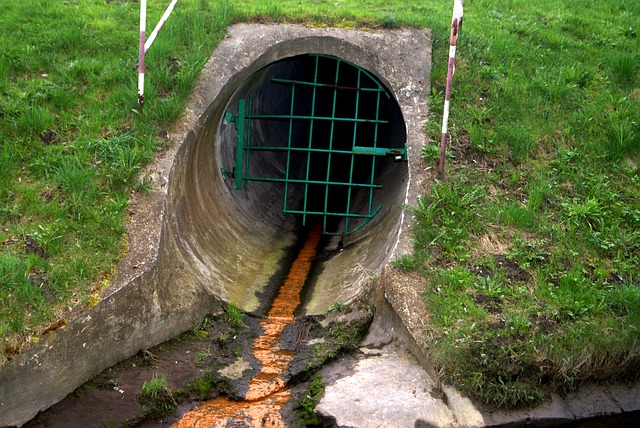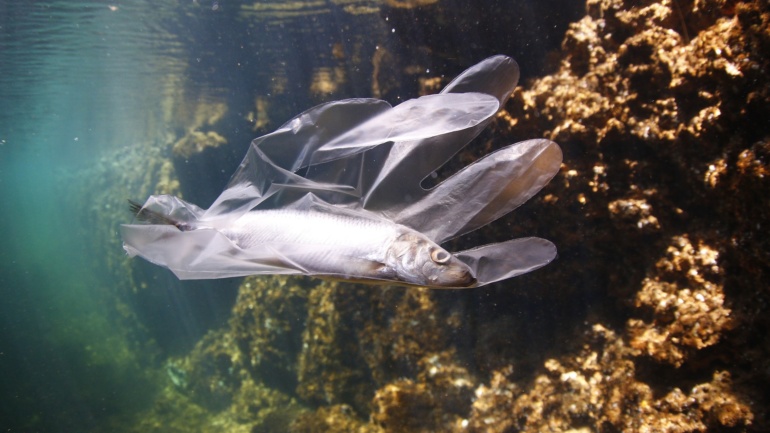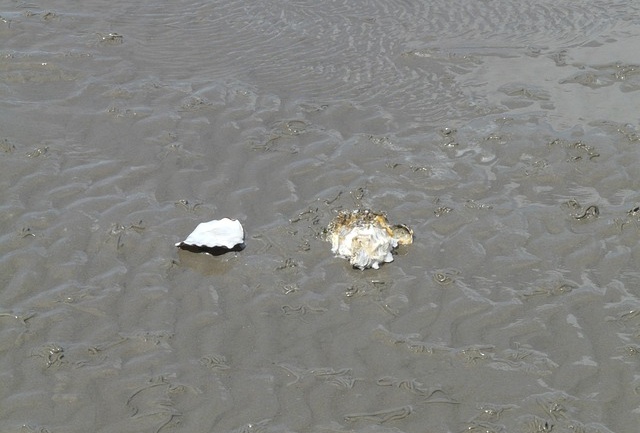By Josh Kraus, staff writer for Save The Water™ | December 17, 2014
As New York City’s precipitation rates continue to rise, the health risks posed by the city’s inadequate sewage infrastructure are becoming more and more evident.
Since 1900, precipitation in New York City has increased by .7 inches every decade (1). Today, the city receives an average of 49.9 inches of rainfall per year (2), an amount that frequently overwhelms the city’s outdated sewer systems. When these sewers reach capacity, which most often occurs during storms or ice melt, the combined sewer overflow systems divert excess water into adjacent water bodies. New York Harbor, for instance, is flooded with over 27 billion gallons of untreated sewage per year (3).
Untreated sewage can contain waterborne pathogens such as bacteria, parasites, and viruses, and can lead to a variety of acute illnesses (4). These illnesses range from minor infections such as diarrhea, to potentially fatal conditions such as tetanus (5).Untreated sewage can also destroy aquatic ecosystems. Fortunately, New York City’s Department of Environmental Protection (DEP) recognizes this growing concern, and has launched a massive, multimillion-dollar initiative to manage stormwater runoff and improve the city’s water quality.
Earlier this year, the DEP agreed to invest $46 million to build 2,000 bioswales in Brooklyn, the Bronx, and Queens. The project is slated for completion next summer, and will absorb over four million gallons of stormwater that might have otherwise inundated the sewers (6).
A bioswale is an urban landform designed to manage stormwater runoff by collecting it, conveying it, and allowing it to infiltrate into the ground at a slow pace. This process helps clean the stormwater by filtering out pathogens and potentially harmful inorganic contaminants, organic chemicals, and silt. Lead, for instance, is an inorganic compound that can be derived from automotive residue, and is particularly prevalent during heavy rainfall. Bioswales are a natural and aesthetically pleasing alternative to sewers, and are typically composed of vegetation and soil (7).
This initiative is part of the NYC Green Infrastructure Plan, which has proposed a total of $2.4 billion of water quality improvement projects over the next 20 years (9). Currently, New York City has less than 300 bioswales, and the DEP believes the additional 2,000 will benefit some of the city’s most at-risk waterways, including Jamaica Bay, Newton Creek, and the Gowanus Canal (10).
Rain gardens and green roofs are also on the the DEP’s agenda. Similar to bioswales, rain gardens and green roofs manage rainwater runoff by allowing excess water to soak into the ground rather than flood the sewers. Green roofs can also be used to grow vegetables and produce.
Rather than solely relying on the DEP, GrownNYC, a non-profit dedicated to improving the city’s quality of life through environmental programs, has introduced the Green Infrastructure Toolkit. This collection of resources educates homeowners and community gardeners on stormwater management techniques such as rainwater harvesting, enhanced tree pits, and downspout planters, as well as bioswales, green roofs, and rain gardens (11).
Footnotes
- http://www.gothamgazette.com/index.php/government/5283-climate-change-new-york-stormwater-management-harder-health-risks-higher-nyer
- http://www.currentresults.com/Weather/US/average-annual-precipitation-by-city.php
- https://www.osc.state.ny.us/localgov/pubs/infrastructure2014.pdf
- http://gjournals.org/GJPS/GJPS%20PDF/2014/April/032614166%20Rehman%20and%20Rehman.pdf
- https://www.osha.gov/OshDoc/floodCleanup.html
- http://www.planetizen.com/node/72154
- http://www.eoearth.org/view/article/150668/
- https://www.flickr.com/photos/nycep/6433093629/
- http://www.6sqft.com/2000-more-bioswales-will-help-nyc-absorb-stormwater/
- http://www.mnn.com/earth-matters/climate-weather/blogs/meet-the-bioswale-new-yorks-new-weapon-in-the-war-against-water
- http://www.grownyc.org/openspace/green-infrastructure-toolkit
Resources:
http://www.grownyc.org/openspace/green-infrastructure-toolkit





